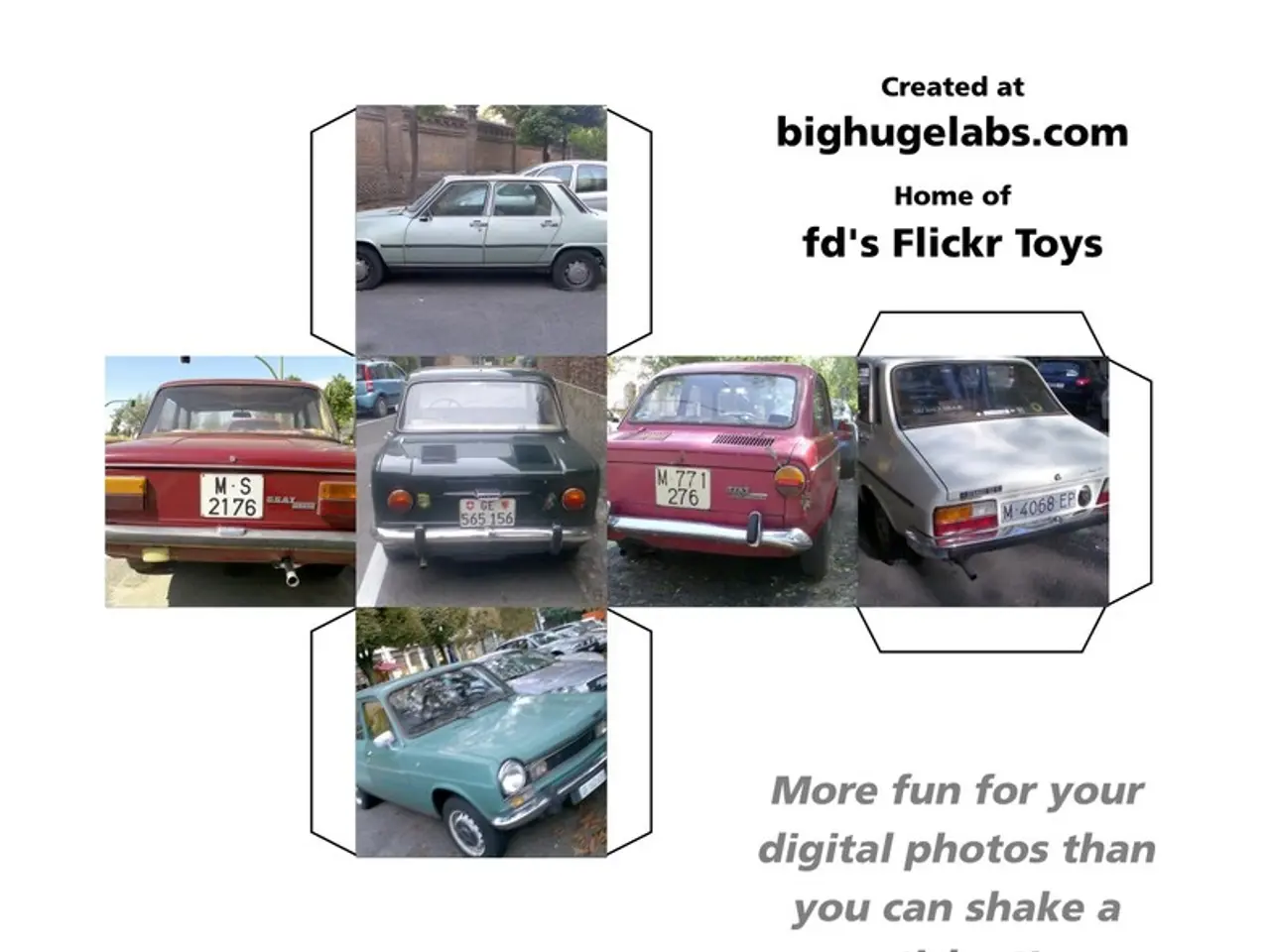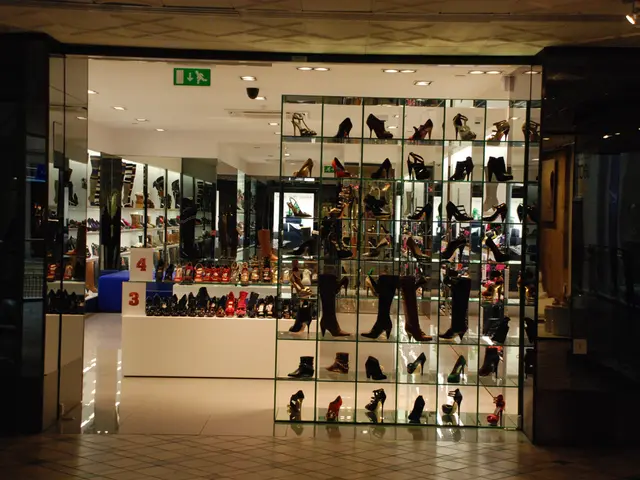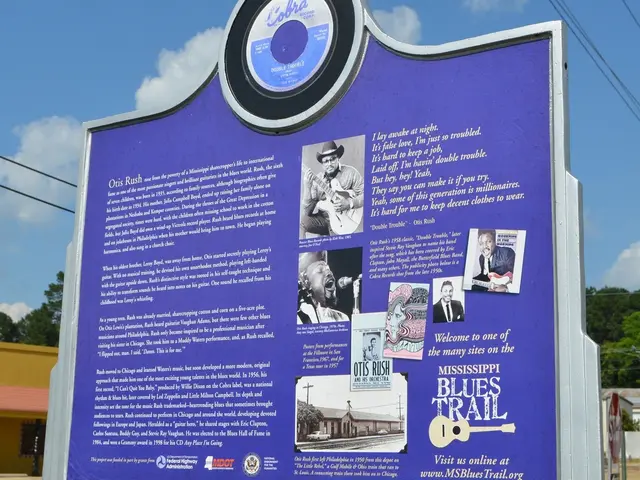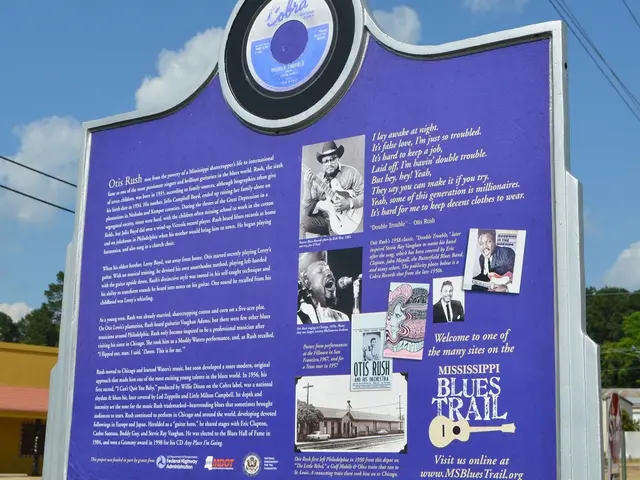Revolutionary Designs That Left Lasting Impact:
In the world of innovation, certain designs have become synonymous with change and progress. However, there are several lesser-known designs that have significantly impacted various industries and transformed the way we live. Here are six influential designs that have left an indelible mark on their respective fields:
1. The Multiple-Effect Evaporator (Norbert Rillieux, 1846)
This invention revolutionized the sugar industry by making the evaporation of sugar cane juice far more efficient and cost-effective. Today, this technology is still widely used in the chemical, food, pharmaceutical, and wastewater industries. The invention dramatically increased yields, reduced fuel consumption, and set new standards for industrial process design.
2. Crop Rotation and Synthetic Products (George Washington Carver)
Carver's methods and products based on peanuts, soybeans, and sweet potatoes not only restored soil fertility but also provided new sources of food, industrial materials, and consumer goods. This innovation reduced agriculture's dependency on cotton, supported poor farmers, and enabled sustainable farming practices.
3. Hoover Dam (1930s)
While not a product, the Hoover Dam is a monumental feat of engineering design that enabled large-scale water storage, hydroelectric power, and irrigation, transforming the American Southwest. The dam became a model for modern large-scale infrastructure projects worldwide.
4. Art Deco Architecture and Industrial Design (1920s–1940s)
Art Deco influenced buildings, furniture, household objects, and even transportation with streamlined, geometric forms. This design movement set trends for modernism in design and architecture, with iconic structures like La Samaritaine, Los Angeles City Hall, and Cincinnati Union Terminal. Notable examples include streamlined trains, ocean liners, and consumer products that embodied the Art Deco aesthetic.
5. Modern Graphic Design and Corporate Identity (Paul Rand and contemporaries)
Rand's work for IBM, ABC, and UPS established the concept of corporate identity systems, influencing branding worldwide. This innovation set standards for visual communication, advertising, and brand recognition.
6. Digital User Interfaces and Product Design (Jony Ive, Apple)
Products like the iPod, iPhone, and iPad changed the way people interact with technology, redefined user experience, and set new standards for industrial design. This wave of minimalist, user-centric tech products has inspired designers globally.
These examples demonstrate how design—whether in engineering, agriculture, architecture, or technology—can drive industrial transformation and shape daily life.
In the realm of consumer electronics, the iPhone offered a user-friendly internet experience on mobile devices, making it a significant game changer. Meanwhile, the Ford Model T was a triumph of design and engineering skills, enabling car ownership for a "great multitude" and increasing productivity.
These designs, while not as frequently cited as the Ford Model T or the iPhone, have had equally profound impacts on their respective industries and continue to influence modern design practices today.
[1] "Designing a Better World: 200 Years of Innovation in Design." Cooper Hewitt, Smithsonian Design Museum. https://www.cooperhewitt.org/exhibitions/designing-a-better-world [2] "Art Deco." Metropolitan Museum of Art. https://www.metmuseum.org/toah/hd/adec/hd_adec.htm [3] "Apple Design." Apple Inc. https://www.apple.com/design/ [4] "Paul Rand." Museum of Modern Art. https://www.moma.org/artists/11076 [5] "Hoover Dam." National Park Service. https://www.nps.gov/lake/index.htm
- UI design, particularly in smartphones like the iPhone, revolutionized the user experience of digital technology, setting new standards for industrial design.
- The design of gadgets, such as the Ford Model T, not only transformed the automobile industry but also contributed to increased productivity and the democratization of car ownership.




